Procurement is evolving from a cost-effective support function to playing a strategic role in company boardrooms. Driving user experience across the ecosystem while ensuring cost-effectiveness is the function’s new role. There is no better time than now to make the right choice of digital technologies integrated into core procurement workflows to ensure those technology investments reap the expected results.
As enterprises emerge from COVID-19 and its related global impacts of the past two years, they must adapt to newer and smarter ways of sourcing only possible with digital technologies. In our increasingly virtual world, enterprises exist in a web of interconnected relationships with their employees, customers, suppliers, partners, and even competitors. The result is an evolving and ever-changing ecosystem with a need for procurement organizations to become more agile through a combination of automation and in-built intelligence.
HFS, with support from Globality, organized a digital roundtable in September 2021 to discuss the current state of procurement organizations, their key challenges and aspirations with digital technologies, and the vision for the procurement function for the next few years. More than 20 senior procurement executives worldwide from the enterprises shown in Exhibit 1 attended the event, representing major industries and geographies.
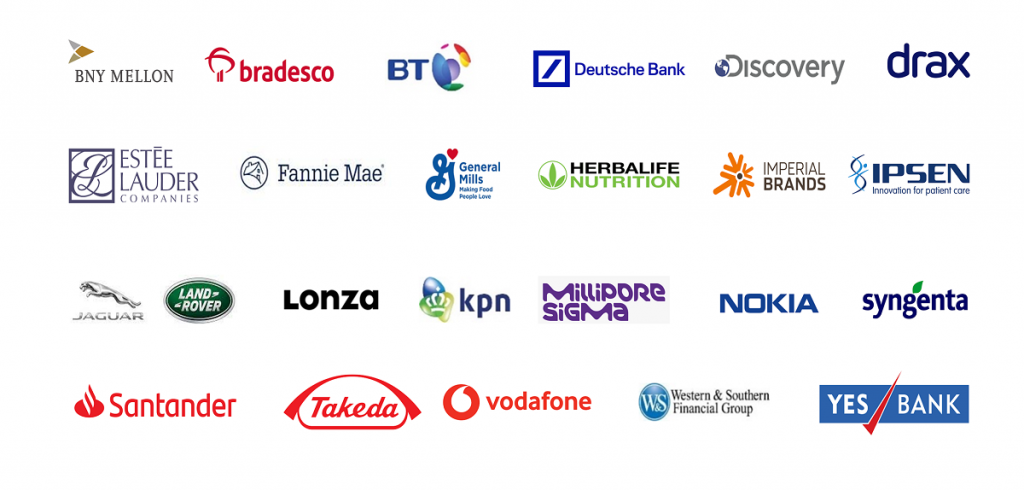
Source: HFS Research, 2021
Procurement’s role is changing; enterprises must create better internal and external customer experiences, over and above achieving cost savings. Leadership mindset plays a crucial role in deciding the destiny of functions that have remained relevant for several decades but have struggled to adapt to businesses’ evolving needs. Procurement is one such function. It’s been traditionally seen by other functions as a cost center playing a supporting role for the business. As the Global Head of SCM, Operations, and Digital at a large telecom shared in the roundtable discussion, “The purpose of [procurement in our firm] needs to be clearly communicated. There needs to be a vision for procurement. What will you do beyond savings, which is the typical trap? Is it enabling business to go faster? Or conduct risk mitigation in the global organization? Create that vision, sync it up at the top, and move fast to operationalize it in one to three years (focused) on what it will deliver.”
What’s holding us back? The lack of a bold vision that the C-suite understand and are bought into. Still, too many in the C-suite see procurement as a support function as opposed to one that can drive growth, agility, speed to market, and new revenue streams. Our talent and mindsets totally need to change to get there. It defaults to, ‘I need someone with 20 years of experience doing this.’ When someone says that her or his procurement unit has a strategy through Ariba or Coupa, that’s not a strategy, but just a system of record.
— Keith Hausmann, Chief Revenue Officer, Globality
A critical aspect of this new vision for procurement is the treatment of front and back-office functions as separate entities. The time is ripe for the procurement organizations to evolve toward the HFS OneOffice mindset, which prioritizes companies leaving behind the silos of front-, middle-, and back-office functions and reorienting toward the customer and employee experience. The Head of Supplier Contract and Claims Management at a large telecom echoed this thought, “In the last few years, as part of our cost optimization, we created front, middle, and back silos. We need to go back to OneOffice–our priorities are otherwise different, and there are conflicts there. Forget the needs of the wider organization; we ourselves are making things worse.” Exhibit 2 shows the importance of the OneOffice mindset for a company’s overall strategy and operations.
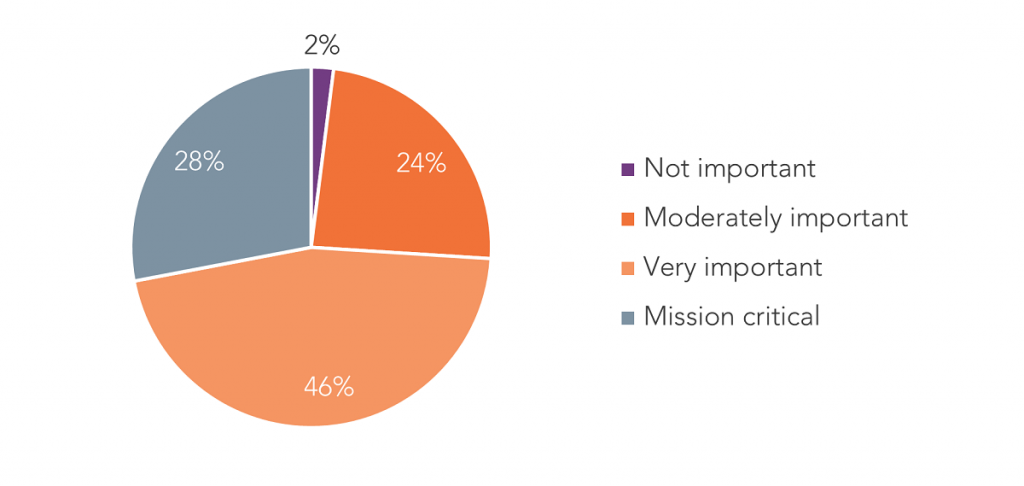
Source: HFS OneOffice Pulse Study, H1 2021
Sample: 54 sourcing and procurement respondents from Global 2000 enterprises
With a strategic vision in place, technology investments are part of most procurement leaders’ road maps. Driving stakeholder alignment around the procurement vision is critical to the success of technology initiatives, as one delegate outlined, “We need to be unified [across] IT, operations, and procurement to articulate the ROI [return on investment] of these [technology] investments. It’s easy to say I will generate x dollars, but is there an ROI of time saved dealing with incorrect POs and late payments? If the organization is saying that we want an Amazon-like experience, there are significant investments in technology but also operational management. It allows us to focus on our road map once we have that. Right now, we have a lot of band-aid solutions, which is creating confusion for us.”
Chief procurement officers (CPOs) feel a sense of urgency in evaluating and leveraging the right set of technologies to accelerate their digital modernization initiatives. Interestingly, 65% of procurement executives who participated in the roundtable see tangible value through digital technology investments or expect to reap results in one to two years. Gone are the days of procurement being risk-averse to adopting innovative technologies. A key roundtable discussion theme was that emerging technologies are no longer “emerging”—they are a fairly mature set of digital platforms and solutions that many organizations have already found value in implementing.
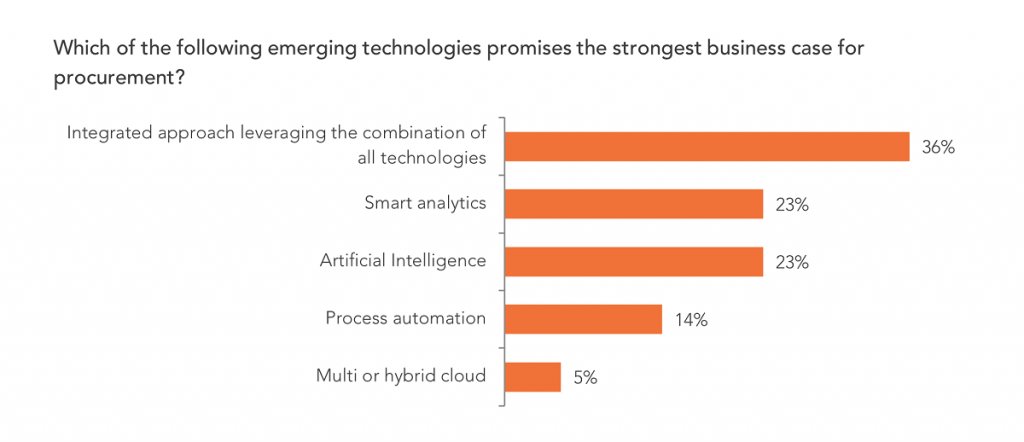
Sample: n = 28 senior procurement leaders
Source: HFS Research Roundtable on Procurement, September 2021
Artificial intelligence (AI) and smarter analytics are among the most relevant technologies for procurement executives, with most leaders in Exhibit 3 preferring an integrated approach to leveraging digital technologies. “All technologies” as used in Exhibit 3 include multi- and hybrid cloud, process automation, AI, smarter analytics, blockchain, internet of things, and 5G. The key point participants discussed was that procurement processes must be holistically redesigned to leverage digital technologies versus bolt-on applications with limited impact on the end-to-end process and the outcome procurement leaders are trying to achieve. As one delegate outlined, “For example, on supplier onboarding, are we talking about cutting time or enabling the business to shorten purchasing time? How will it help the user experience, in your own procurement function, and for the user base? Technologies can help to ease the process and make it simple, like Globality here.”
Although the sense of urgency in driving procurement transformation is pertinent, taking stock of the current situation is important when outlining an action plan. Exhibit 4 shows the challenges that procurement executives face while striving to achieve their digital transformation goals. These research results represent data from our recent Global 2000 study and the views of the procurement leaders attending the roundtable. The results are unanimous: a fragmented technology landscape, difficulty quantifying a business case and getting funding, and internal resistance to change are the top three challenges that procurement executives face today. Adding to this are archaic business processes built around legacy technologies.
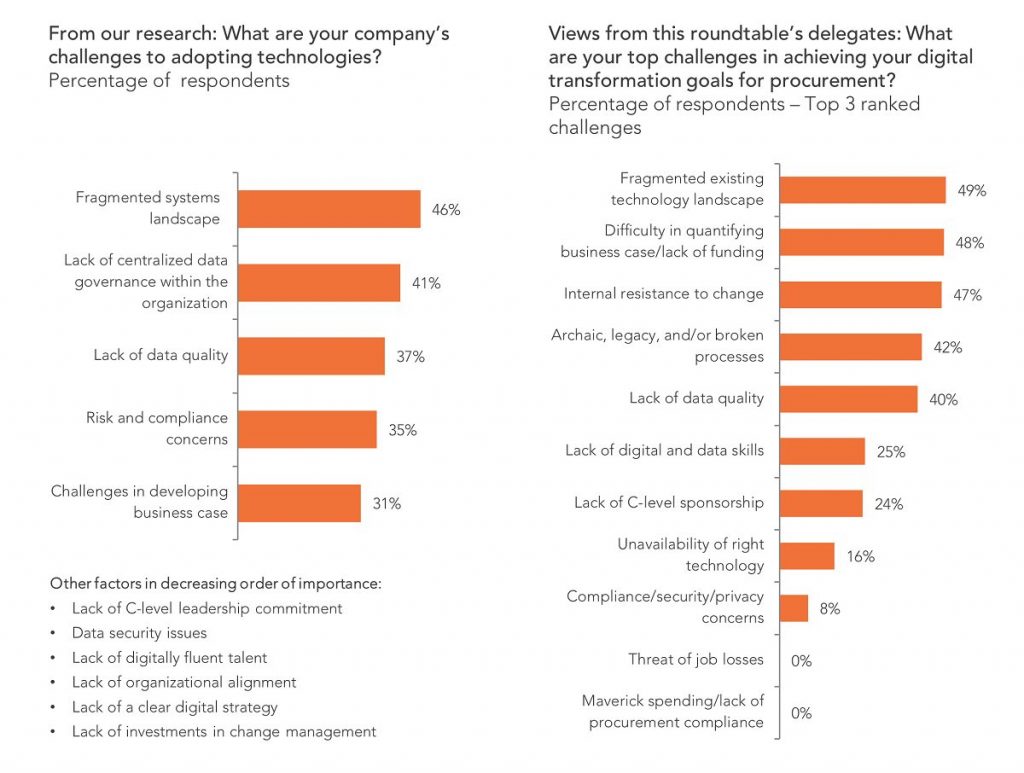
Samples: 54 sourcing and procurement respondents from Global 2000 enterprises (left) and 13 procurement leaders who attended the HFS Roundtable (right)
Source: HFS Research, September 2021
We looked further into this technology landscape aspect to understand the top areas in procurement ripe for investment. Most CPOs are planning their technology investments in managing suppliers and transactional procurement (see Exhibit 5). Sixty-nine percent (69%) say they are in POC or already invested in category management, and 77% are in POC or investment in strategic sourcing. The right combination of automation and AI will also help with supplier matching that aligns with a company’s overarching, purpose-driven goals and effective supplier management.
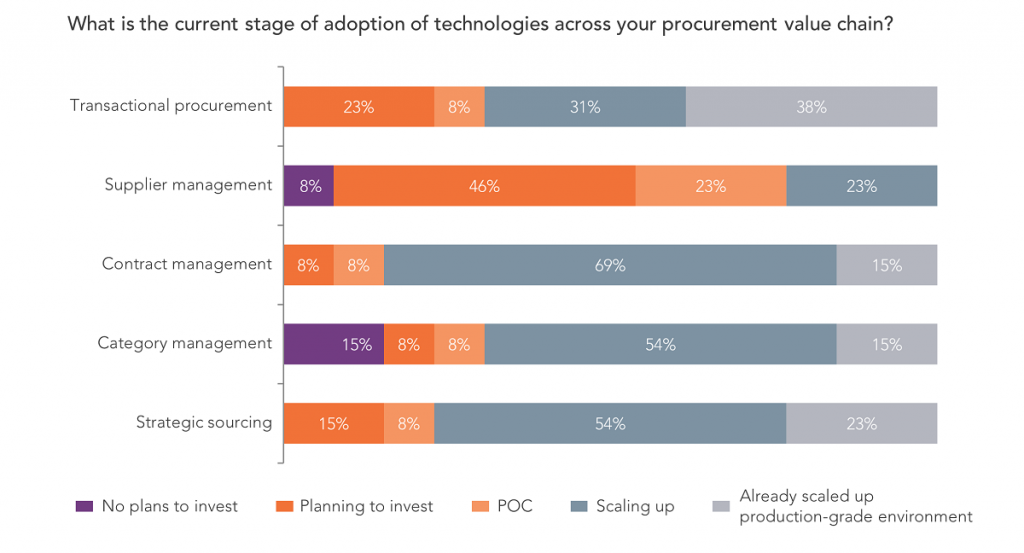
Samples: n = 13 procurement leaders who attended the HFS Roundtable
Source: HFS Research, September 2021
Particularly interesting during the roundtable were the breakout sessions that focused on leveraging data for intelligent and autonomous decision-making, going beyond robotic process automation and future-proofing procurement’s talent base.
Currently, data is often siloed across organizations, where people focus on their individual unit’s needs. Changing needs are addressed through siloed solutions that don’t necessarily talk to other functions or units. Mergers and acquisitions (M&As) have led to fragmented and localized processes and multiple data sources, whereas procurement executives often have multiple contracts with the same supplier. Driving a transformation toward integrated contracts with uniform standards is a huge task for these CPOs.
Because of M&A, we ended up having two to three contracts with the same supplier. The task that I am driving is to have one integrated contract.
— Head of Suppliers and Contract Claims, large telecom
Procurement executives believe that building insights into the journey as part of the business process to create the user experience through data harmonization is essential to the success of procurement’s transformation. They also feel the need to invest in capabilities that can work with unstructured and structured data. In essence, the key road ahead is to make people at the center more effective at working with technologies and use modern technologies that are more user-friendly, intuitive, and data-driven in the first place.
Exhibit 6 outlines the key takeaways for making the right procurement technology decisions to deliver on this bold new procurement vision.
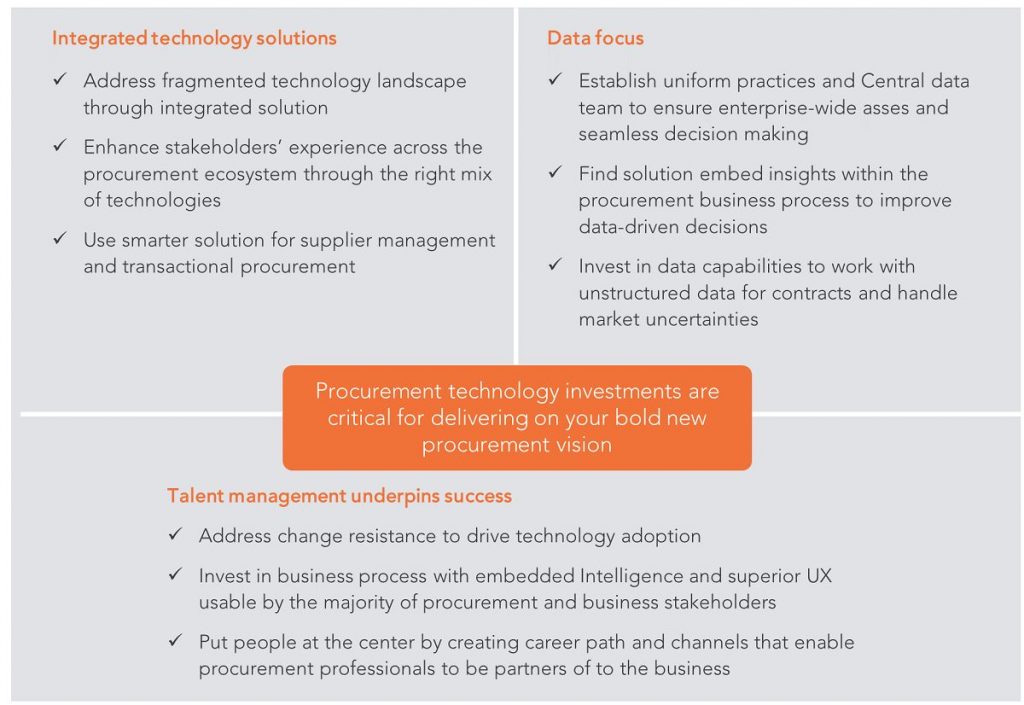
Register now for immediate access of HFS' research, data and forward looking trends.
Get StartedIf you don't have an account, Register here |
Register now for immediate access of HFS' research, data and forward looking trends.
Get Started